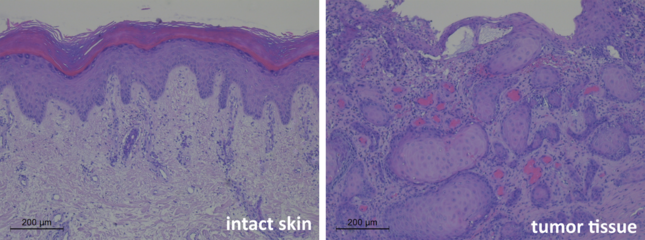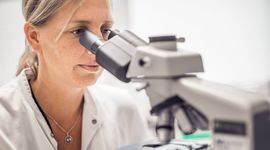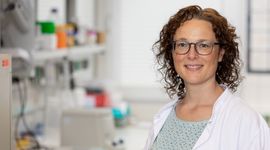The Piñón/Gruber Working Group
“Butterfly children” with recessive dystrophic Epidermolysis Bullosa (RDEB) often suffer from chronic wounds. These wounds can develop into life-threatening skin cancers that are difficult to diagnose and treat. Our research interests in this case focus on the dysfunctional wound healing process in RDEB and how it affects tumour development.
The wounds in RDEB patients differ significantly. Some wounds close very slowly; others do not heal for years, while others close more quickly. It is not yet fully understood why there are different types of wounds. However, we do know that an altered microbial population can play a role. There is also increasing evidence that the immune response against microbial infections is an essential factor in tumour development within damaged tissue.

„In RDEB, chronic wounds and cancer are closely linked. This is why we are researching new wound healing therapies that will significantly improve patients’ quality of life and reduce the risk of cancer at the same time.”
Christina Guttmann-Gruber, PhD, Head of the Piñon/Gruber Working Group
In our research, we focus on how pathogenic bacterial species contribute not only to the chronification of wounds but also to their subsequent transformation into tumours (= malignant transformation). One main goal is to improve wound healing, thereby reducing the risk of cancer in RDEB patients. We also want to find markers which will help us distinguish individual types of wounds. This will enable us to identify the wounds that are at risk of chronification and to detect pre-carcinogenic lesions (precursors of cancer) at an early stage.
If RDEB patients develop a tumour at an early age, the current treatment options are limited, usually involving extensive local removal of the tumour tissue. Despite intensive therapies, the survival rate of these patients is very low – so the development of new and effective forms of treatment is crucial. One research approach is based on an immunotherapy that diverts an immune response, which already exists in the patient’s body. The response is then directed against the tumour, combating it.



